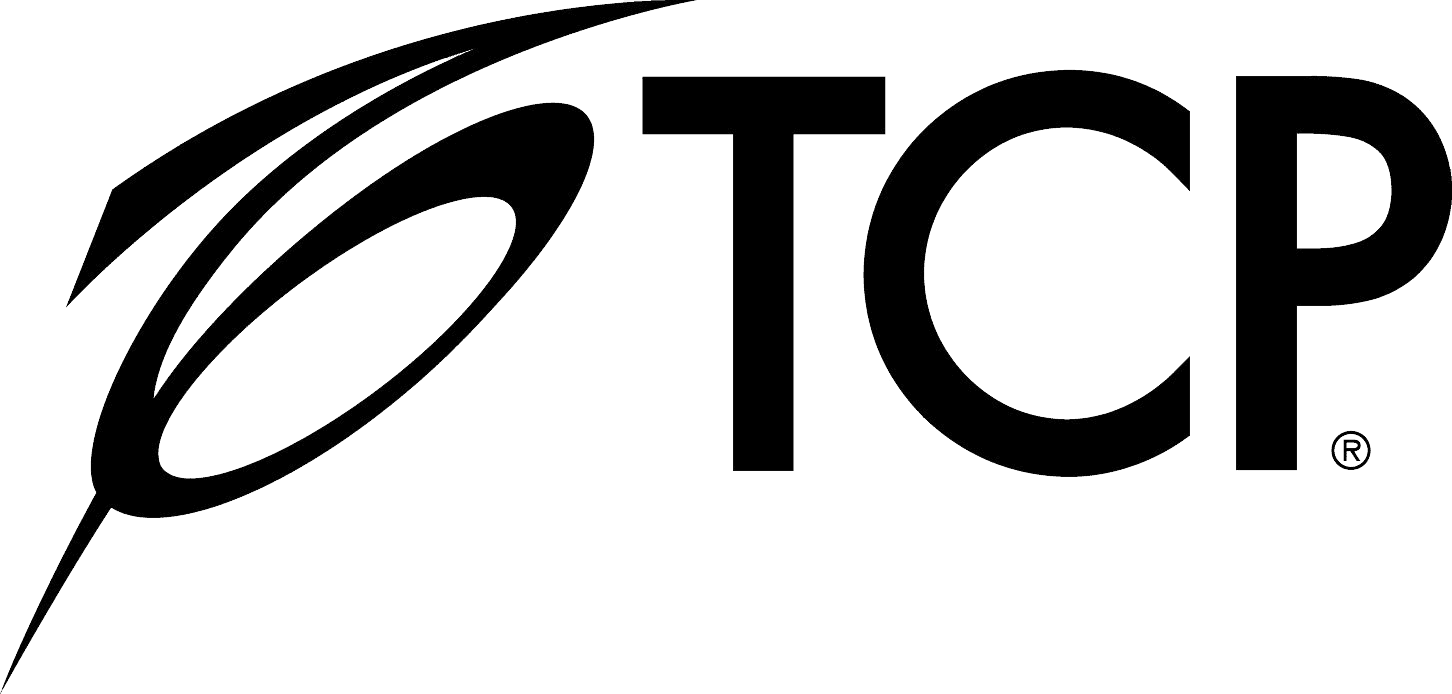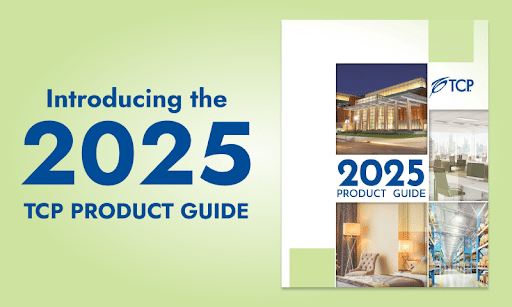Light Bulb 101
TCP’s research and development allows us to constantly improve lighting products, bringing you increased energy efficiency and illumination quality for office, retail, hotel and residential LED lighting. Here’s some basic information to help you become a more informed consumer.
LED Lighting
LED lighting from TCP is extremely energy efficient and consumes up to 90% less power than incandescent bulbs.
Halogen Lighting
The halogen lamp is also known as a quartz halogen and tungsten halogen lamp. It is an advanced form of incandescent lamp.
CFL Lighting
CFL stands for compact fluorescent lamp, and it is a small fluorescent lightbulb that uses 75% less energy than a traditional incandescent bulb and can be screwed into a regular light socket.
Energy-Saving Light Bulbs
TCP bulbs are designed to last long and be energy-efficient.
Coupons and Rebates
TCP offers a wide array of LED products that are available for lighting rebates today for commercial lighting customers.

